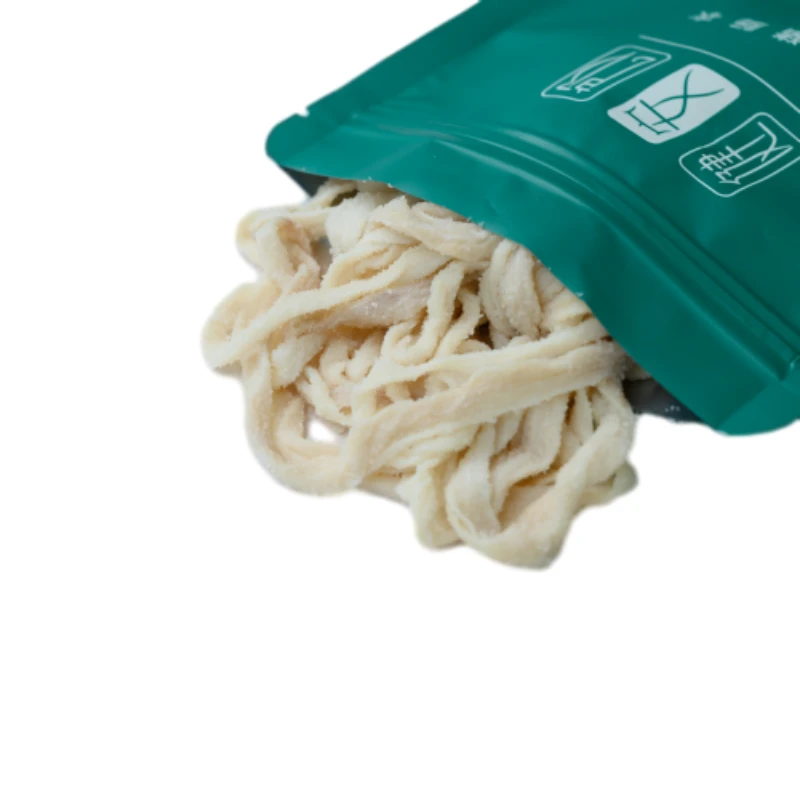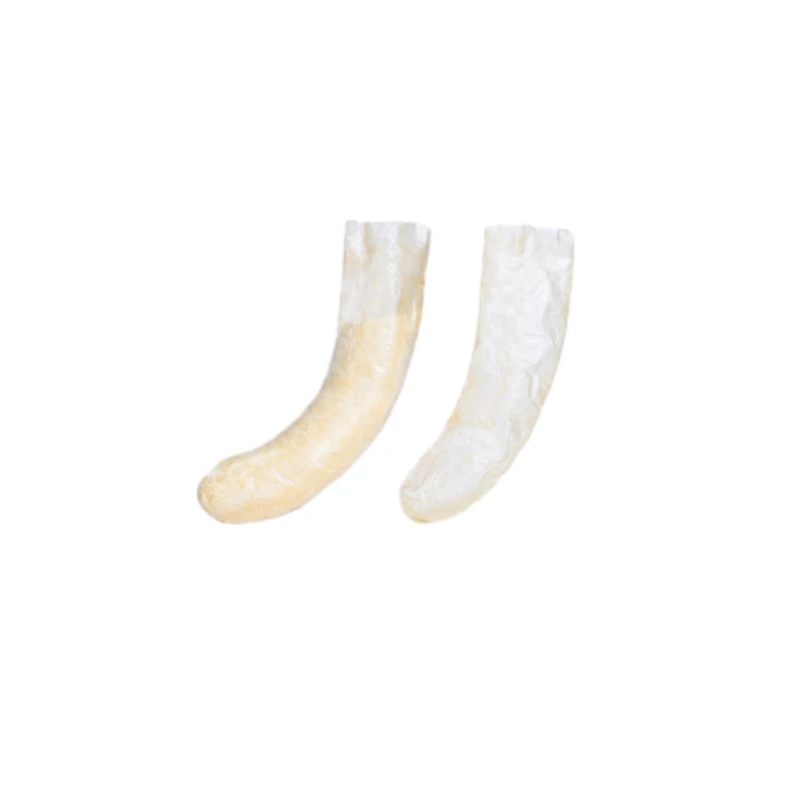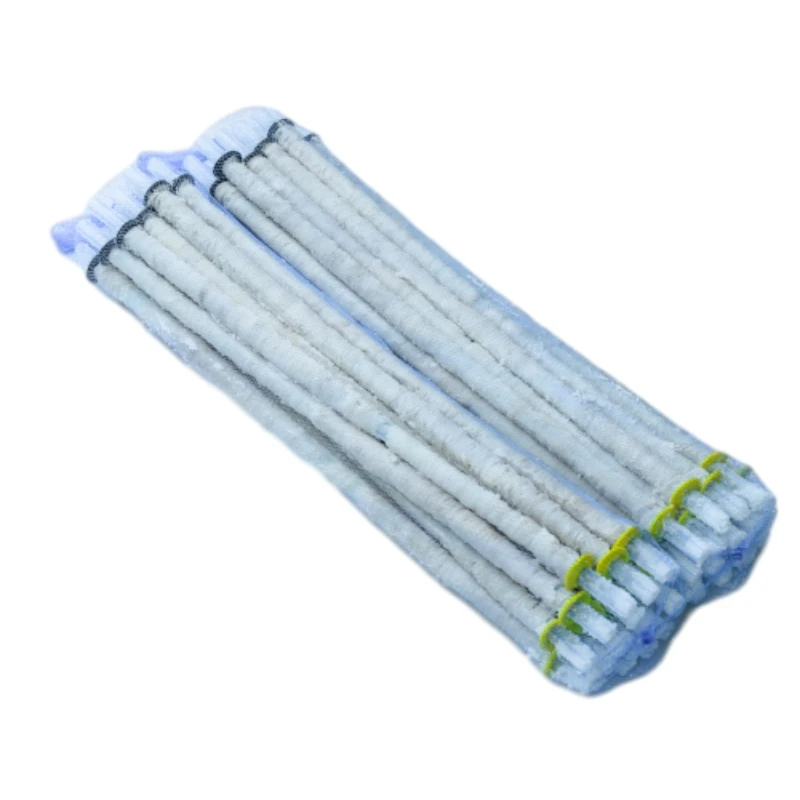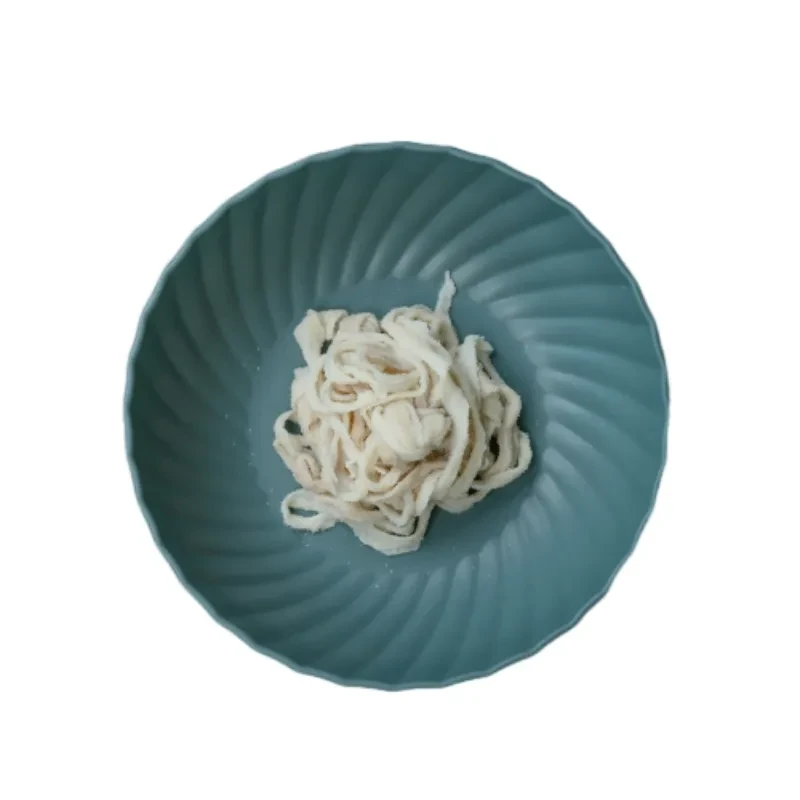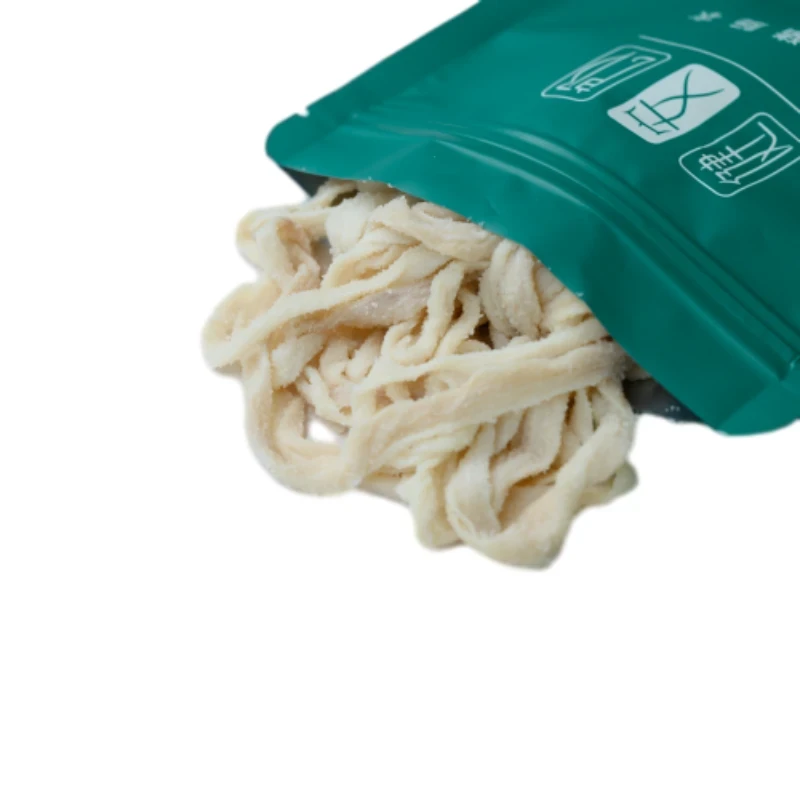Jul . 29, 2025 11:40
In the global meat-processing industry, the use of high-quality sausage casings is critical for product consistency, shelf life, and consumer safety. How to use dry sausage casing and its related products—dried hog casing, dried hog casings, dried sausage casing, dried sausage casings—have become central subjects for both large-scale meat processors and gourmet butchers alike. This in-depth article explores market trends, technical parameters, manufacturing workflows, comparison among top suppliers, and real-world case studies. We also provide industry-leading data visualizations, trusted certifications, and practical FAQ to guide both new and expert users.
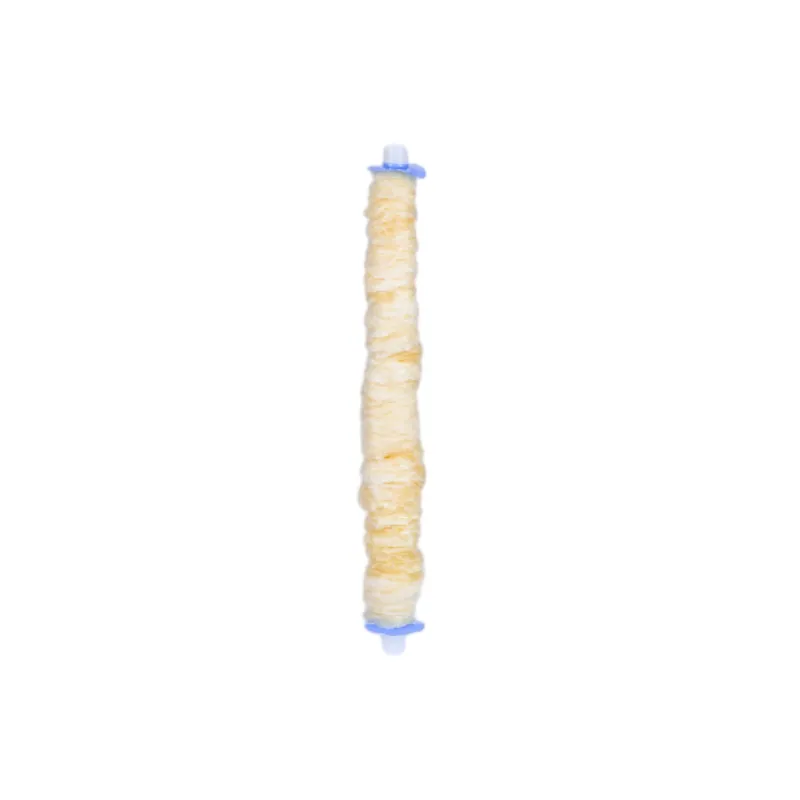
Market Trends: The Rise of Dried Hog Casing & Dried Sausage Casings
The natural casing market is projected to exceed USD 2.7 Billion by 2027 (MRFR Report), bolstered by increased demand for clean-label, traditional sausages. Dry sausage casing technology (especially dried hog casing) now dominates over 52% of premium sausage production in North America and the EU, fueled by standardized hygiene, convenience in handling, and unrivaled texture in the final product.

| Region | Main Casing Type | Diameter (mm) | Length per Hank (m) | Hydration Time (min) | Certifications | Humidity (%) |
|---|---|---|---|---|---|---|
| EU | Dried Hog Casings | 32-40 | 90–100 | 10–20 | ISO 22000, BRCGS | 12–16 |
| USA | Dried Sausage Casing | 34–42 | 80–95 | 8–15 | FDA, USDA | 13–18 |
| ASIA | Dried Hog Casing | 30–38 | 60–80 | 12–20 | ISO 9001 | 15–20 |
Technical Overview: Dried Hog Casing Manufacturing Specifications
Dried hog casings, like those from RTCasing - Dried Hog Casing, are renowned for their precise calibers, superior tensile strength, exceptional transparency, and easy rehydration. The following process describes how to use dry sausage casing from preparation to final filling:
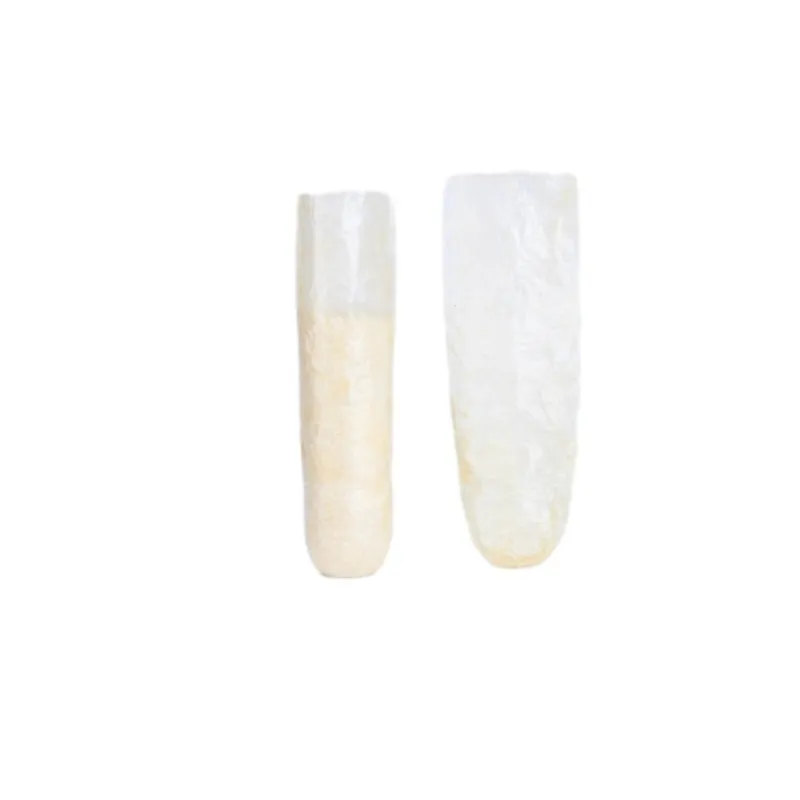
Product Parameters & Material Properties
- Material: 100% Natural Hog Gut (Collagen-rich, FDA food-contact safe)
- Manufacturing Methods: Enzymatic soaking, manual and rotary defatting, multi-phase calibration, CNC-precision drying.
- Caliber Range: 28 mm – 45 mm (customizable)
- Breaking Strength: ≥ 1.2 MPa (per ISO 1161/ANSI-1420)
- Moisture content: 12%–18% (final product)
- Packed: 91–100 meters per hank, vacuum-sealed bags, 5 kg/carton
- Shelf Life: 18–24 months under cool storage
- Sanitation: Produced under HACCP/ISO 22000, BRCGS, and FDA supervision
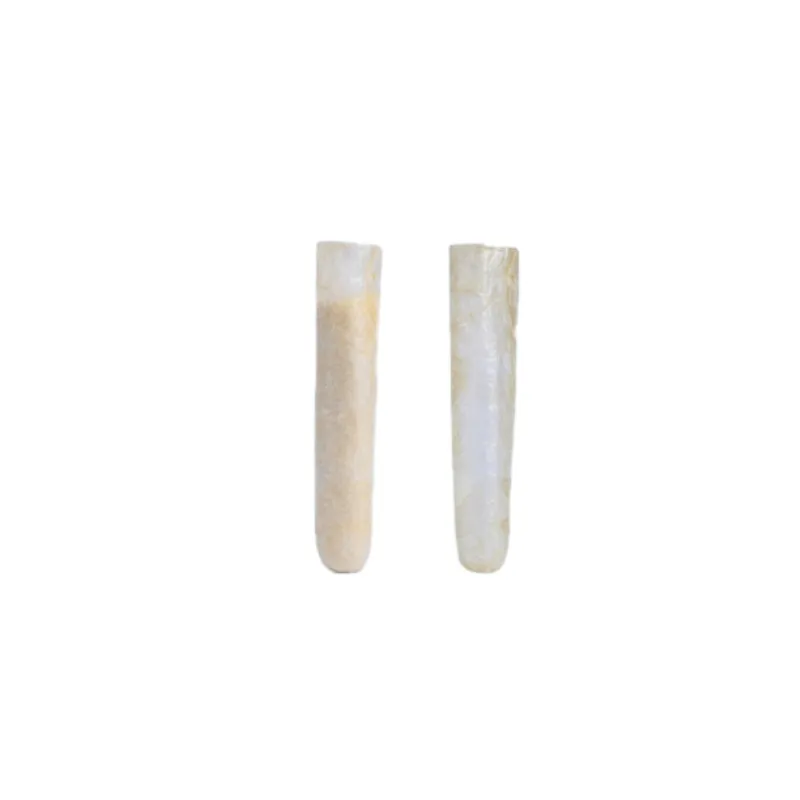
Installation & Application: How to Use Dry Sausage Casing Step by Step
- Inspection: Check dried sausage casing for any pinholes or uneven calibration before hydration.
- Hydration: Soak in 32–38°C potable water for 10–25 minutes until supple. Add 0.5% sodium chloride for enhanced flexibility.
- Rinsing: Rinse inner and outer walls. Remove residual salt for optimal taste and appearance.
- Mounting: Thread onto sausage filling tube. Gently slide to prevent snagging, especially at machine extrusion sites.
- Filling: Fill using how to use dry sausage casing filling method at calibrated tension (90–130 kPa recommended for most calibers).
- Linking & Processing: Twist or tie off at desired interval. Apply smoking, fermentation, or cooking per recipe requirements.
- Packing: Allow finished product cure/settle. Package and store per HACCP requirements.
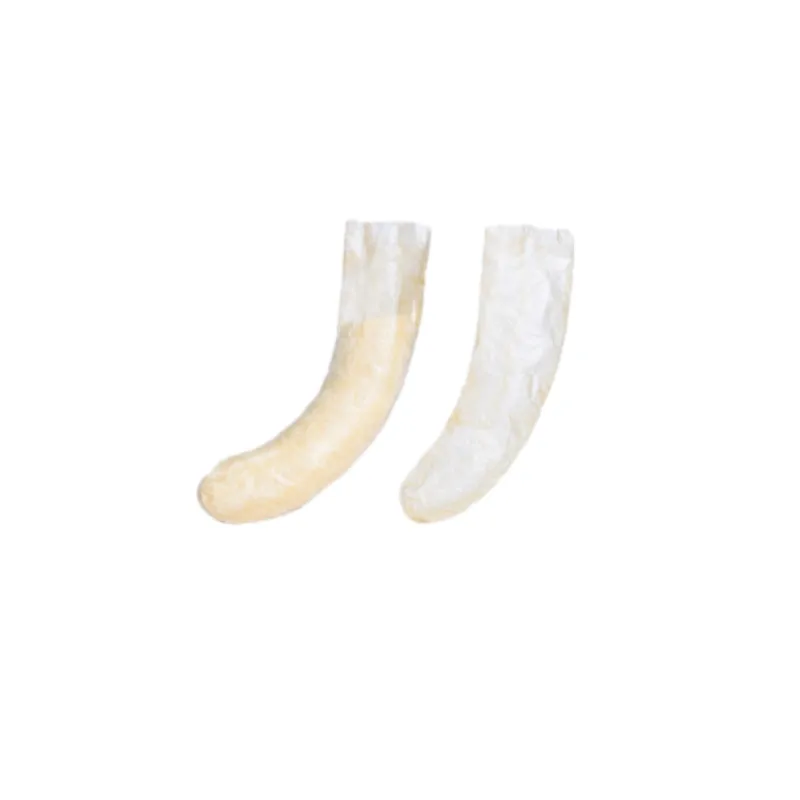
Technical Benchmarking & Product Comparison
| Parameter | Dried Hog Casing | Collagen Casing | Cellulose Casing |
|---|---|---|---|
| Material Safety | Natural, FDA/ISO-certified | Modified collagen | Plant cellulose; not edible |
| Texture | Superior & traditional "snap" | Uniform but less snap | Brittle, must be removed |
| Breaking Strength (MPa) | ≥ 1.2 (tested ISO 1161) | ~1.0 | ~0.9 |
| Permeability (Smoke/Flavor) | Excellent | Good | Moderate |
| Rehydration Time (min) | 10–20 | 3–6 | 0 |
| Application | Premium, artisanal, halal/kosher | Industrial, budget, snack | Large-bore, industrial |
| Waste Rate (%) | ≤ 3% | 8–12% | 11–14% |
| Typical Shelf Life | 18–24 months | 9–15 months | 12–15 months |
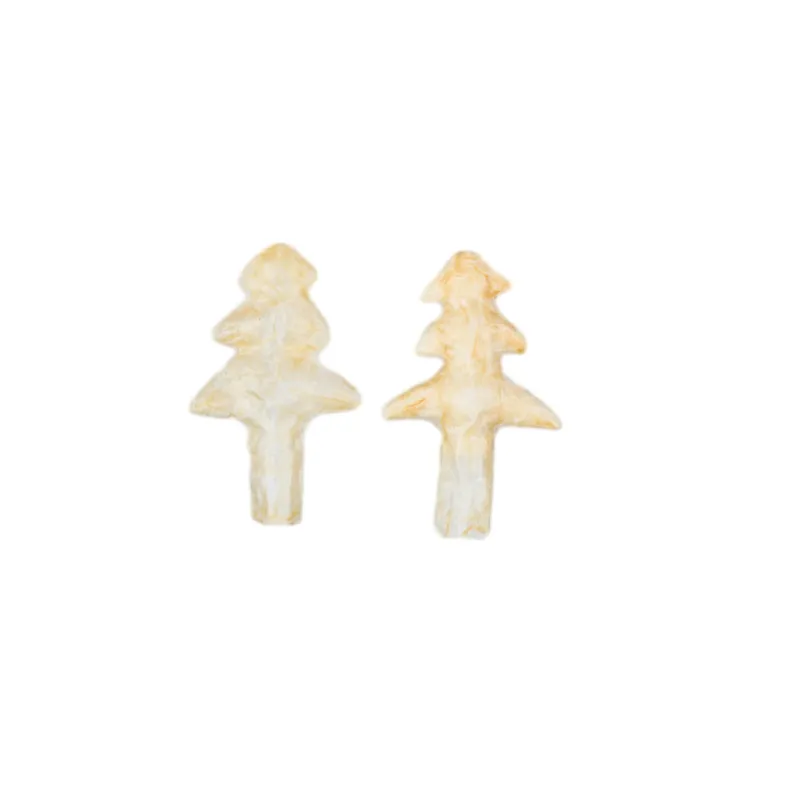
Application Scenarios & Advantages in Typical Industries
1. Processed Meat & Charcuterie
- Energy Efficiency: Shorter rehydration & stuffing cycles save processing time by up to 18% (EU plant study, 2022).
- Flavor Profile: Natural permeability ensures traditional taste/smoke uptake.
- Yield: Lower rupture rate (how to use dry sausage casing) means higher finished yield.
2. Kosher, Halal & Artisan Producers
- Certifiability: Full ISO, FDA, HALAL, KOSHER documentation available for custom export requirements.
- Durability: Up to 20% longer shelf-life than wet-salted casings.
3. Petrochemical & Metallurgy Offshoots
- Non-food Applications: Dried hog casings serve in enzyme separation, filtration, and synthetic polymer reinforcement in demanding environments.
- Corrosion Resistance: Complex collagen matrix resists moderate acids/bases, provides barrier strength in industrial tubing prototypes.
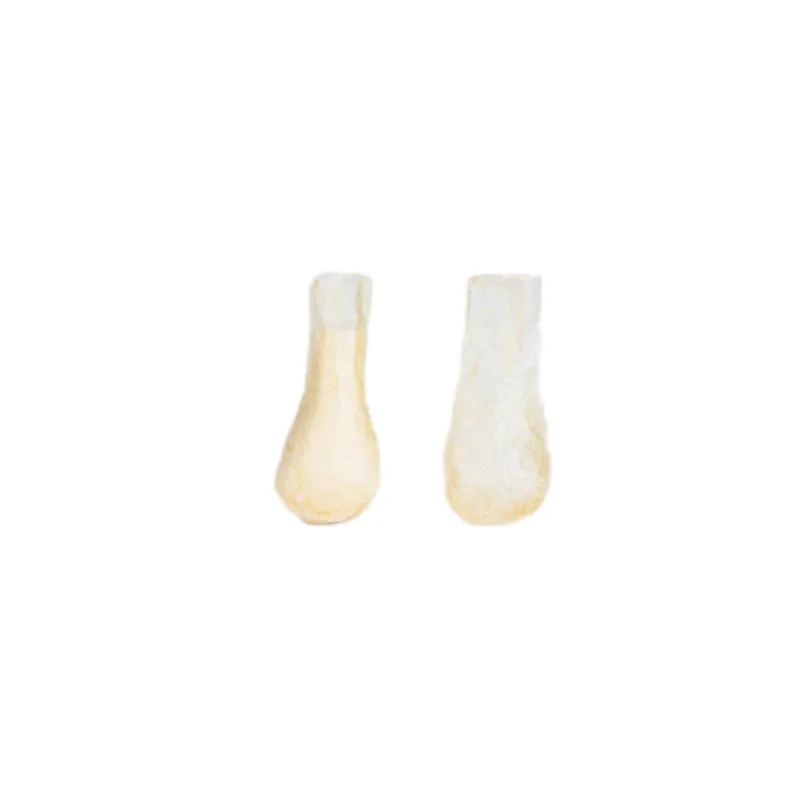
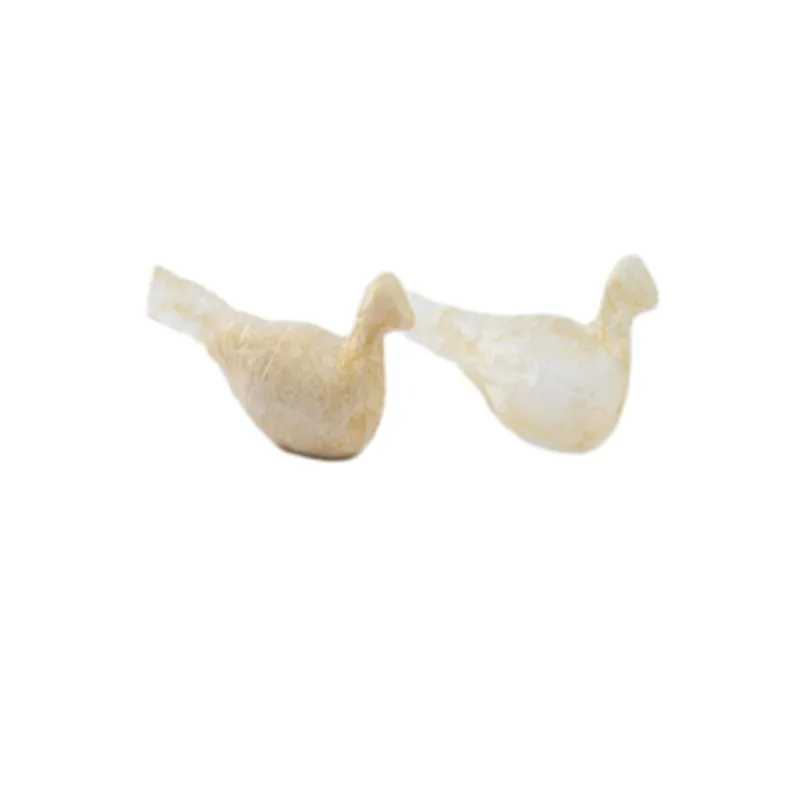
Industry Certification & Quality Control
- Hygiene: Produced under ISO 22000, BRCGS – batch traceability, allergen management, and periodic FDA/USDA audits.
- Production sites: Licensed in 28+ countries, with main supply chains in Europe, China, US, and Latin America.
- Testing: Every lot undergoes breaking strength and permeability testing (Scientific reference).
- Key partners: Collaboration with Smithfield Foods, JBS, leading halal/kosher charcuterie brands.
- Service History: 18+ years of global shipments, 99.2% customer prompt delivery, documented by audited logistics.

Product Customization & Supply Solutions
- Caliber Customization: Tailored for 28mm–50mm, length to 120m/hank.
- Color & Transparency: Fine-tuning for specialty sausage brands (Artisan, Gourmet, Halal, Kosher, Vegan alternatives).
- Bespoke Packaging: Retail, food-service, or bulk cartons, all vacuum-packed.
- Batch Testing: On-demand microbial, mechanical, and permeability reports included with all orders.
- Guaranteed Traceability: Barcode and lot registration with full supply chain audit trail.
For advanced users, we recommend reading our full how to use dry sausage casing guide for best results.

Case Studies & Customer Feedback
Case 1: European Smokehouse (Germany)
- Replaced wet-salted hog casing with dried hog casings, reducing loading time by 12% and increasing shelf life by 6 months.
- QC records indicate rupture rates dropped from 6.2% to 1.8% post-adoption.
- ISO 22000 traceability yielded consistent audit passes for export to Japan and UAE markets.
Case 2: Halal Gourmet (Malaysia)
- Fully documented Halal/FDA certification allowed entry into Middle East and North Africa (MENA) market.
- Customer satisfaction improved notably for "bite" quality score (mean score: 8.6/10 vs 7.3/10 with artificial casing, 2023 survey, n=680).
Selected Feedback:
- Smithfield Foods (USA): “Our premium line could not meet EU standards prior to adopting dried sausage casings from RTCasing. Consistency and audit transparency are game-changers.”
- Higashiyama Foods (JP): “No shrinkage or breakage even after 20 days refrigerated logistics.”
Delivery, Warranty, and Support
- Leadtime: Standard delivery 7–14 days worldwide, with rush service for urgent orders.
- Warranty: 18-month performance and food-safety guarantee; full refund/replacement for defect rates >1.5%.
- Support: Engineering and technical troubleshooting via phone, web, or on-site visit. Detailed usage manuals provided in all major languages.
- Documentation: All shipments include complete CoA, Hygiene, and Traceability reports.

References & Further Reading
- “Natural Casings Market—Trends & Forecast 2027,” Market Research Future, link
- Günther, P., “Quality parameters for natural sausage casings,” Meat Science Journal (2022): link
- Forum: The Farming Forum – Dry Sausage Casing Manufacturing
- Food Safety Authority Guidance, FSAI Sausage Casings Standards
For the most in-depth, technical how to use dry sausage casing guidelines and to review our full dried hog casing portfolio, visit RTCasing's product page.


